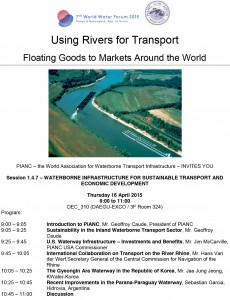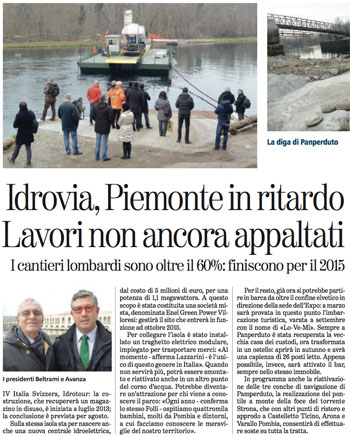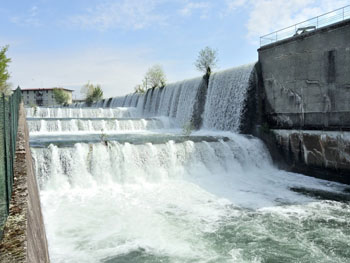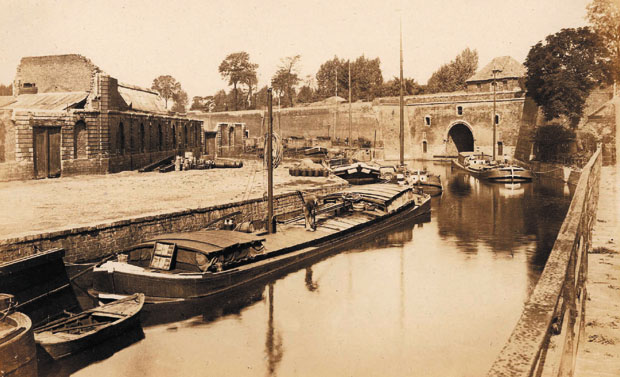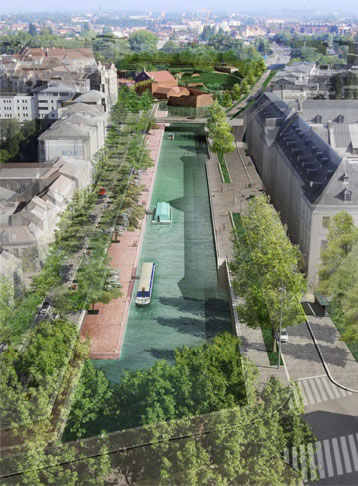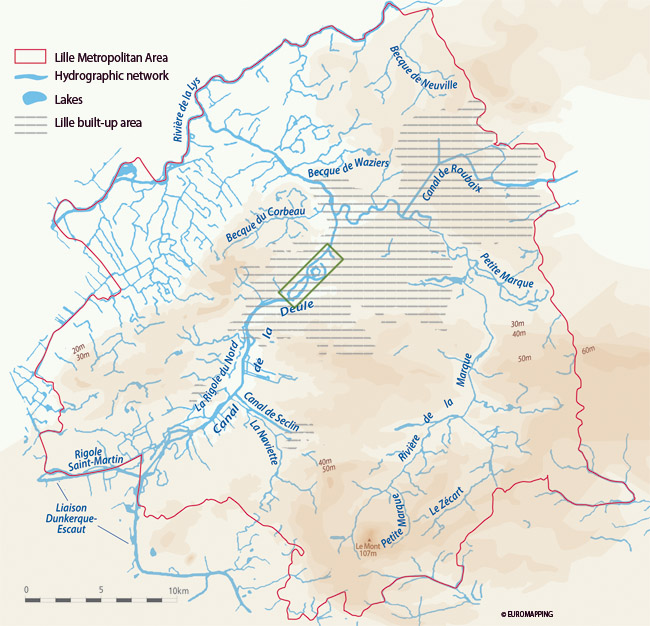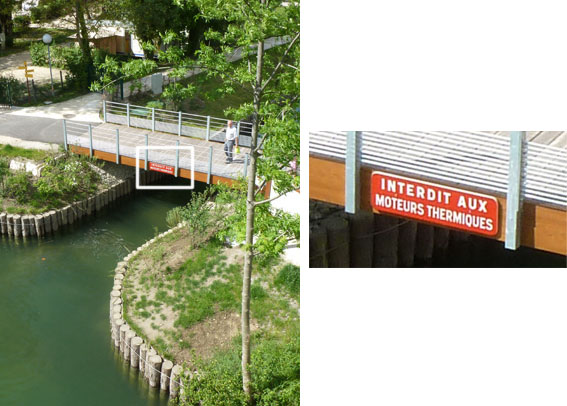We are unequivocally supporting the efforts by the association Unser Finowkanal to secure the future of this important heritage waterway, bypassed by the modern Havel-Oder Waterway.
The Federal Government has declared its intention to close the canal for navigation, convert the locks into weirs and maintain the channel exclusively for drainage.
The only way to avoid this scenario is to secure funding for the considerable investment of €75 million, to cover all costs, particularly to restore the locks. To date, all the locks have been operated each season, using unemployed from the local job centre (and two voluntary lock-keepers), but some repairs have become too urgent, and there is at present no authority nor any funding in place to implement them.

A boat rally celebrates the opening of the Finow Canal for the 2015 season. The association Unser Finowkanal continues its campaign for maintenance and regular operation of the canal, which the Federal waterway authority wishes to hand over to the region.
If one of the 12 historic locks fails, the canal will no longer be available as a through route, and the direct and indirect economic benefits of waterway tourism will be lost to the Eberswalde/Niederfinow region.
The municipalities of the Finowkanal region are under pressure to make a decision by January 2016, for or against their share in the necessary investment, and the issue is being firecely debated. On December 17, the Eberswalde council – with the biggest share in the project – will cast its vote. Only if all the local councils vote in favour of the canal investment will it become feasible to set up a public body to take over operation of the canal.
Investors need to be certain that the future of the canal is guaranteed, Under Federal government ownership, there are no opportunities for commercial activities at the locks or along the banks, volunteer lock-keepers are refused, and the risk of failure of the locks continues to hamper any development.
But regional decision-makers are procrastinating, and most of the officials in the Finow Canal regional working group are keeping a low profile, for fear of being held responsible for the failure to take over the canal.
Some councils are leaning towards rejection of the takeover because of the lack of evidence of the benefits that tourism could bring to the region, justifying their entrenched resistance to change.
Unser Finowkanal president Hartmut Ginnow-Merkert has made a plea for support: if you feel it is important to maintain continuous navigability of the Finow canal, comment here!

